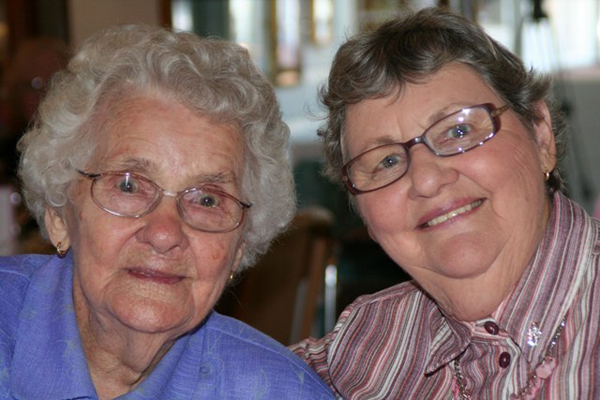Levels of Care
The intensity of care services required by older adults varies at different times - for example, when an older person experiences an acute health crisis, worsening of a chronic condition, a change in their carer arrangements, or a slow deterioration associated with advancing age. Recommendations about what level of care is appropriate is made after a comprehensive assessment is conducted by an Aged Care Assessment Team (ACAT).

Residential care services include hostel care where clients live in independent rooms or units and may come together with other residents for meals or activities. They also include low care where residents receive assistance with their meals, medications, mobility, and some of their cares; and high care, where residents who need more supervision and assistance with activities of daily living receive a higher level of nursing support. Community-based aged care services also provide different levels of care, such as Community Aged Care Packages (CACP), Extended Aged Care at Home (EACH) programs, and Health and Community Care (HACC) services.
Thinking Challenge
The documents in the links below provide information on residential respite and permanent residential aged care services and their users. They also detail the pathways that are often taken in relation to these services.
- Why do older people sometimes not follow the recommendations made to them in their ACAT assessments?
- What are the most common pathways for older adults entering permanent residential aged care?
- Why does use of community care services amongst users of residential respite care seem to delay entry into permanent residential aged care?




